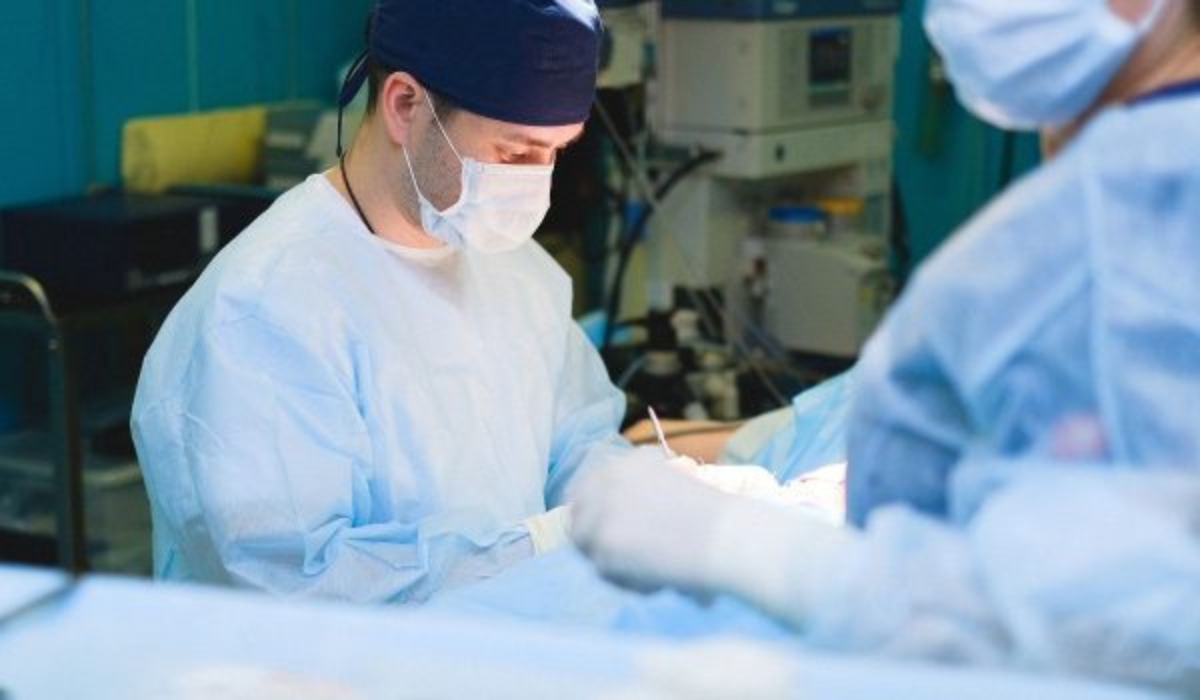
Table of Content
-
What is Facial Synkinesis?
-
Understanding Facial Nerve Anatomy
-
Primary Causes of Facial Synkinesis
-
How Synkinesis Develops: The Mechanism
-
Symptoms and Clinical Presentation
-
Psychological and Social Impact
-
Diagnosis of Facial Synkinesis
-
Treatment Approaches
-
Dr. Tarek Amer’s Expertise in Facial Reanimation
-
Living with Synkinesis: Patient Support
-
References and Resources
What is Facial Synkinesis?

Facial synkinesis is the involuntary movement of facial muscles during voluntary facial actions. For example, when a patient attempts to smile, the eye may close unintentionally. This occurs because of abnormal nerve regeneration following facial nerve injury.
Understanding Facial Nerve Anatomy
The facial nerve (cranial nerve VII) is a highly complex structure controlling:
-
Facial expressions (smile, frown, blinking)
-
Lacrimal (tear) gland secretion
-
Taste in part of the tongue
-
Salivary gland function
Any injury to this delicate nerve may cause paralysis, weakness, or abnormal regeneration, leading to synkinesis.
Primary Causes of Facial Synkinesis
Bell’s Palsy and Misguided Nerve Regeneration
Bell’s palsy, a sudden paralysis of facial muscles due to inflammation of the facial nerve, is one of the most common causes. During nerve healing, fibers may regenerate abnormally, causing miswiring and unwanted simultaneous contractions.
Traumatic Facial Nerve Injury
Car accidents, penetrating injuries, or blunt trauma can damage the nerve. Misaligned healing after trauma is a major trigger for synkinesis.
Surgical Complications
-
Acoustic neuroma surgery
-
Parotid gland tumor excision
-
Skull base surgery
All may inadvertently damage or compress the facial nerve.
Tumors and Facial Nerve Compression
Benign or malignant tumors near the facial nerve can cause pressure-induced damage, leading to abnormal regrowth.
Congenital Causes
Rarely, congenital abnormalities in nerve pathways can lead to synkinesis present from birth.
How Synkinesis Develops: The Mechanism
-
Aberrant regeneration: Nerve fibers grow into unintended pathways.
-
Axonal misrouting: Fibers for one muscle mistakenly connect to another.
-
Hyperexcitability of motor neurons: Overactive nerve signaling.
This explains why smiling may trigger eye closure or why blinking may activate mouth movements.
Symptoms and Clinical Presentation
Patients often notice:
-
Involuntary eye closure during smiling
-
Mouth movement during blinking
-
Tension and tightness in facial muscles
-
Difficulty in emotional expression
-
Facial asymmetry
Psychological and Social Impact
Facial synkinesis is not merely cosmetic. Patients report:
-
Anxiety and depression
-
Social withdrawal
-
Loss of self-confidence
-
Impaired professional interactions
Diagnosis of Facial Synkinesis
-
Clinical examination (observing involuntary movements)
-
Electromyography (EMG)
-
Video analysis for subtle patterns
Treatment Approaches
Non-Surgical Management
-
Botulinum toxin (Botox): Relieves tightness and reduces involuntary movements
-
Physical therapy: Retrains coordinated movements
-
Mirror biofeedback therapy
Surgical Management
-
Selective neurolysis
-
Nerve grafting
-
Muscle transfer for severe cases
Rehabilitation and Physical Therapy
A cornerstone in long-term management:
-
Stretching
-
Neuromuscular re-education
-
Breathing exercises
Dr. Tarek Amer’s Expertise in Facial Reanimation
Dr. Amer is internationally recognized for:
-
Advanced microsurgical nerve repair
-
Facial reanimation surgery
-
Botulinum toxin protocols tailored for synkinesis
-
Holistic patient-centered care
Living with Synkinesis: Patient Support
At Dr. Tarek Amer’s clinic, patients find:
-
Psychological counseling
-
Peer support groups
-
Long-term rehabilitation programs
Take the First Step Toward Restoring Your Natural Smile
If you or a loved one is experiencing involuntary facial movements due to synkinesis, don’t wait to regain confidence and control. Dr. Tarek Amer, Professor of Plastic and Microsurgery, offers advanced treatments tailored to your unique needs—ranging from Botox therapy to reconstructive microsurgery.
Call us today to schedule a personalized consultation, or book online to start your journey toward a balanced, natural facial expression.
Dr. Tarek Amer for Plastic Surgery — Where Expertise Meets Compassion.
